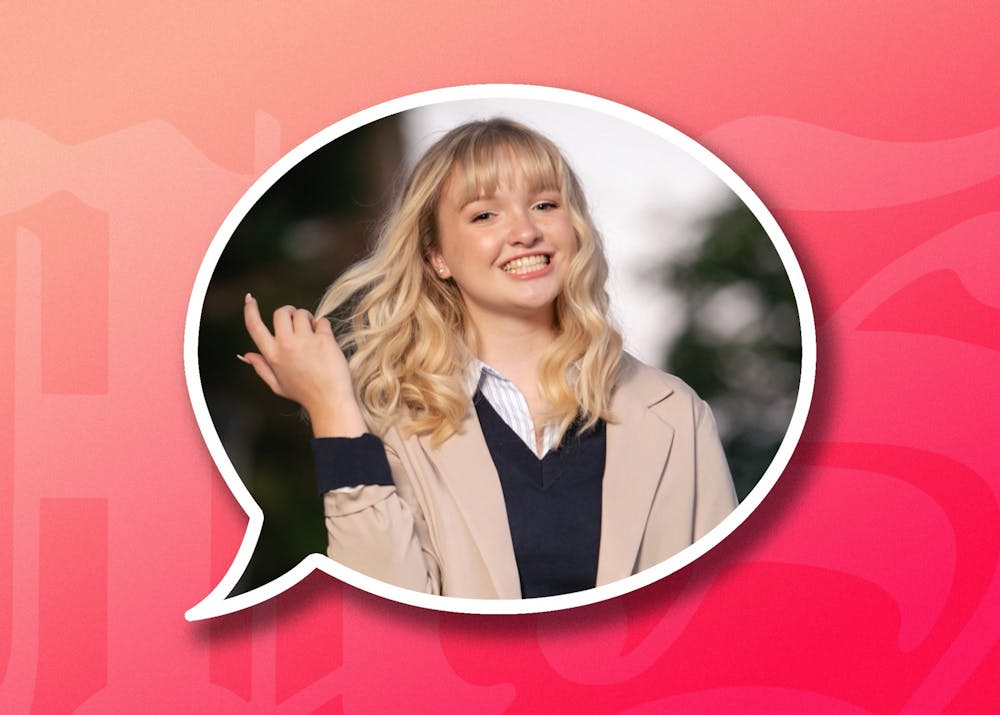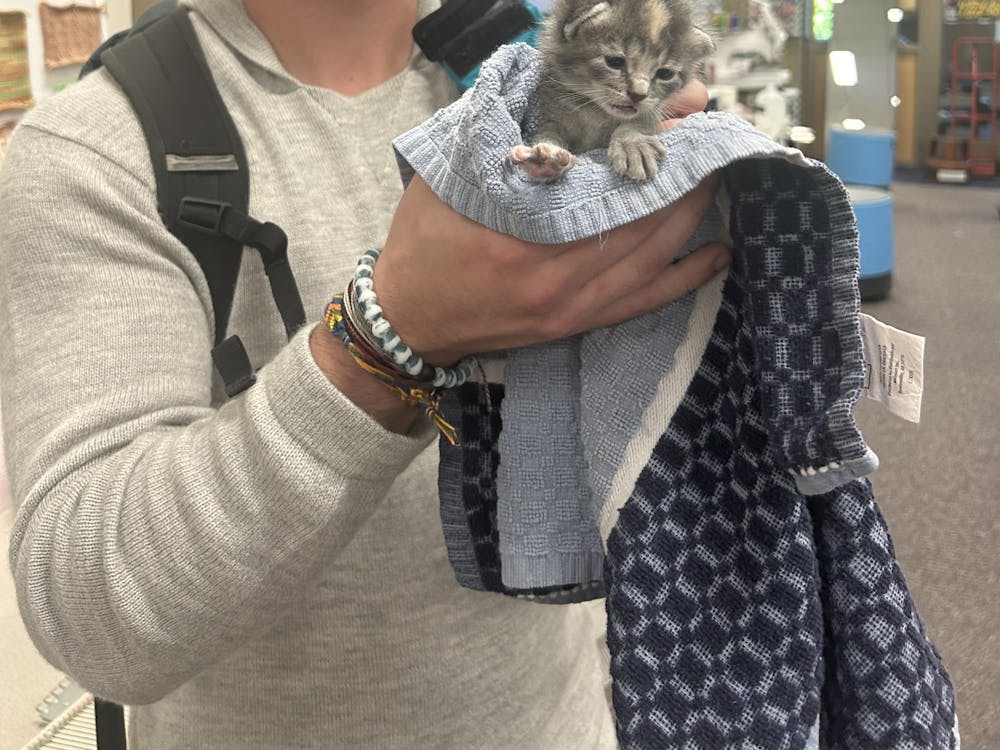If I asked you to picture a student with disabilities, chances are you probably would not envision me.
I have Ehlers-Danlos Syndrome Type III (EDS), a genetic disorder that causes me to have hypermobile joints, frequent partial-dislocations, chronic pain and muscle weakness. Unless you’re staring directly at my elbows, there is nothing about my outward appearance or lifestyle that would indicate I am any different from you.
However, the individual experience of being a student with disabilities is quite different from that of an able-bodied student.
For me, the amount I have to walk per day — something that most students don’t even think about — strongly influences my physical health. My first week of college, I adventured throughout campus and Uptown every day, accruing 20,000+ steps per day and developing shin splints and tendonitis in the process.
To be healthy, I have to wear orthotic footwear, plan out time to rest after long walks and take routes that have benches in case I have an unexpected EDS flare. On days when I am giving campus tours, going Uptown or working out, I have to be careful about how much stress I put on my joints or I will struggle with joint problems the next day.
Most of all, I have to go into every physical activity with precaution. When I run at the Rec Center, I’m hyperconscious of making sure my knees don’t bend backwards. When I lift my backpack or move my laundry, I have to be careful not to partially-dislocate my shoulders.
While some people think that wheelchair ramps and handicapped spots automatically make campuses disability-accessible, campus navigability is only the tip of the iceberg for accessibility issues.
These issues arise in everyday, seemingly random aspects of campus life. For me, pressing the metal buttons at a crosswalk, getting snacks from vending machines, carrying multiple dishes in the dining hall and opening doors (I’m looking at you, Shideler Hall front entrance) can pose difficulties on days when my EDS is flaring.
I am far from the only student who navigates day-to-day campus life with a disability. One in 5 college students have a disability, and 96% of those with a chronic medical condition have invisible illnesses.
Yet there seems to be minimal awareness of invisible illnesses.
For starters, people don’t usually know how to react when I mention I have a genetic disorder.
Sometimes, I get a variation of “Oh, wow, I’m so sorry,” which is … well, not terrible, but certainly awkward. I mean, my type of EDS is very manageable and mild compared to other cases, and my backwards-bending arms are very cool.
Enjoy what you're reading?
Signup for our newsletter
Sometimes, when I explain my condition, I am immediately asked to “demonstrate.” That is weird. I shouldn’t have to prove my disability for random strangers to believe it even exists.
The worst — above all — is the “You don’t look like you have a genetic disorder.” There is no one-size-fits-all for what a student with disabilities can be, and in order to be better allies to the disabled community, we have to stop assuming that someone who is disabled must look or act a certain way.
This raises the question: how can students be better allies to their disabled peers? How can we as a campus create better discourse about disabilities?
A good first step would be to never make assumptions about your peers’ ability levels. Once, when I was waiting for the elevator to go up to my residence hall room, I had a stranger ask me, “You can’t just take the stairs?” On that day, I really couldn’t.
Another idea: if a peer discloses their disability status to you, respond in an affirmative way. It doesn’t have to be a big deal — just be respectful and treat them like you would treat anybody else.
Finally, if you notice any accessibility issues on campus, report these issues to the Miller Center so they can better advocate for your classmates with disabilities.
It’s time for the greater Miami population to realize that “students with disabilities” is more than just a phrase to skim past on the syllabus — students with disabilities are a large portion of the student population, and with a few easy steps, Miamians can all become better allies to the disabled community, both on-campus and away from Oxford.




